I recently received a set of three Silicone Carbide sharpening stones for review from Attila at Haidu Ceramics. These stones, distinguished by HCA (230x65x20mm), HCB (170x60x20mm), or HCC (100x35x10mm), offer various sizes to cater to different needs.
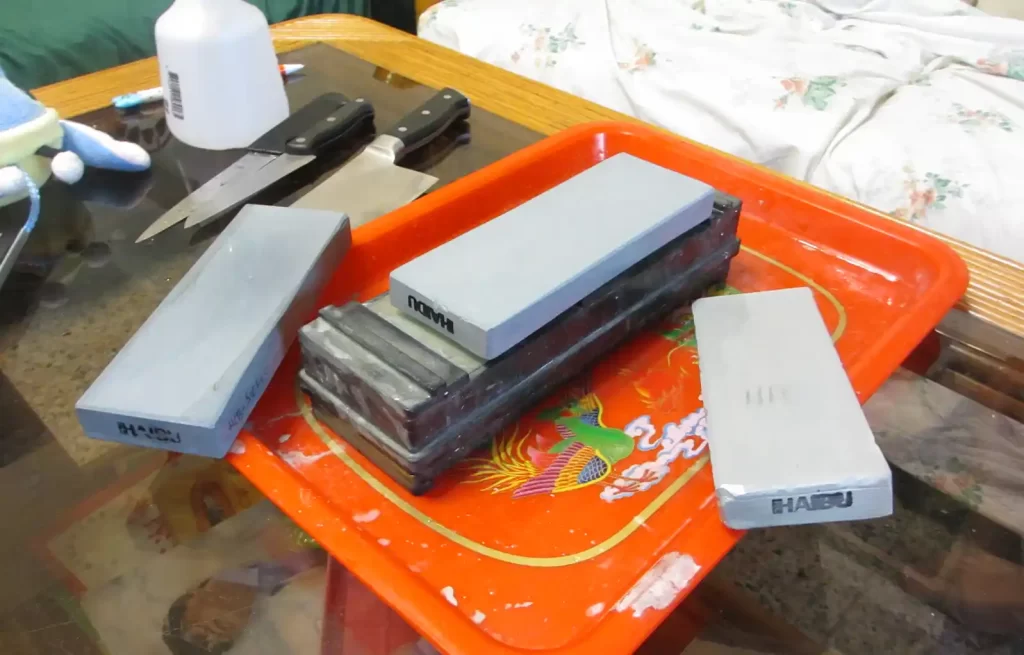
These stones are classified based on the FEPA grit rating, featuring F180 (JiS 180), F280 (JiS 360), F600 (JiS 1200), and F1,000 (JiS 2600), the latter available in Medium (M) and Hard (H) formulations. Among these, I received the F280, F600, and F1,000 M grit stones.

Assessing the Haidu Ceramic Sharpening Stones revealed signs of prior usage, slightly dished and uneven. To remedy this, I commenced by lapping them using the Atoma #140 diamond plate. The 280 stone was straightforward to lap, not as rigid as Spyderco Ceramic stones, which is a positive trait. The 600 stone, denser in nature, posed more lapping difficulty, while the 1K was marginally easier. Although lapping them wasn’t challenging, maintaining their flatness over time is advisable.
Next in the process was the actual sharpening. Given their porous nature, I soaked the stones in a bucket for around 30 minutes to rehydrate them. The bubbles indicated good saturation, akin to champagne. Following soaking, a spritz was sufficient before usage. Initially, I used the stones on a Maestro Wu D-4 Veggie Cleaver, crafted from carbon steel, approximately at RC 57-58.
The 280 stone seemed less coarse than advertised (JiS 360), behaving more like a JiS 1,000. It showcased better performance on a roughly textured surface, offering more burnishing effects than cutting. Conversely, the 600 stone provided a smoother action, reflecting the JiS 1200 rating, yielding a very satisfactory, polished edge. The 1K stone enhanced the edge further, offering desirable polishing effects.
Transitioning to a cheaper stainless steel paring knife, approximately at RC 50-52, the 280 stone exhibited vigorous action, effectively reshaping the dull edge. The 600 stone produced a commendable working edge, with negligible disparity at 1K. This characteristic is more aligned with the softer steel than the stone’s performance.
In conclusion, the Haidu Ceramic stones stand as excellent mid-range/mid-price stones suitable for routine maintenance and minor repairs. Their durability prevents gouging and ensures relative flatness over time. While lower grit burnishing effects elevate the edge’s overall grit, these stones might not be ideal for heavy repair work. However, this evaluation doesn’t cover the F180 stone, known to be the most aggressive.
I extend my gratitude to Attila from Haidu Ceramics for the opportunity to evaluate these stones!

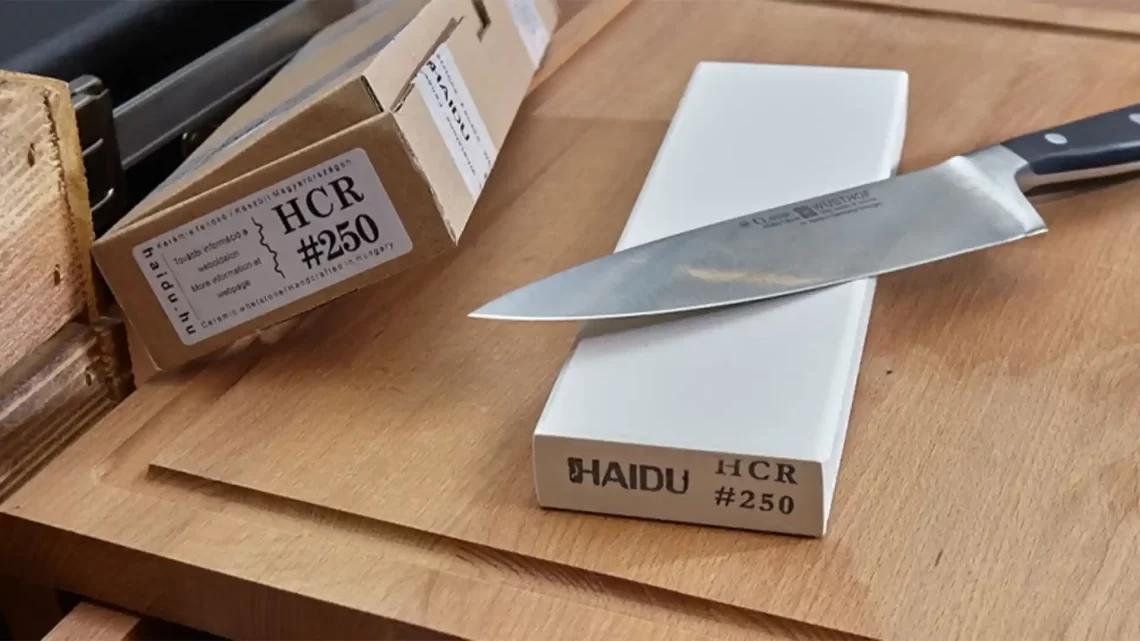
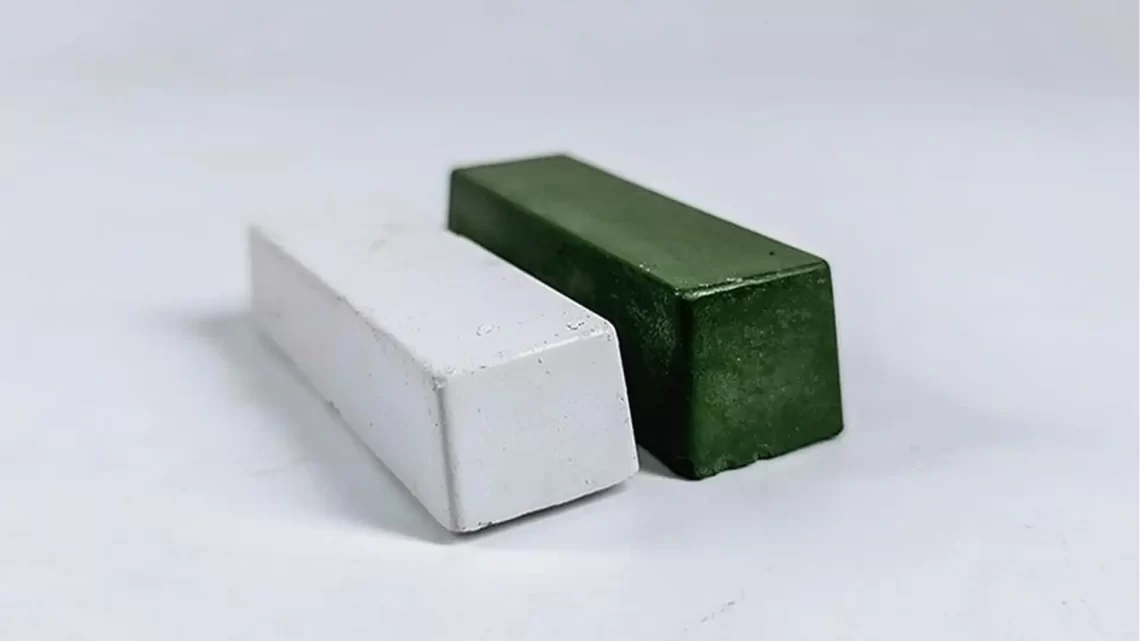
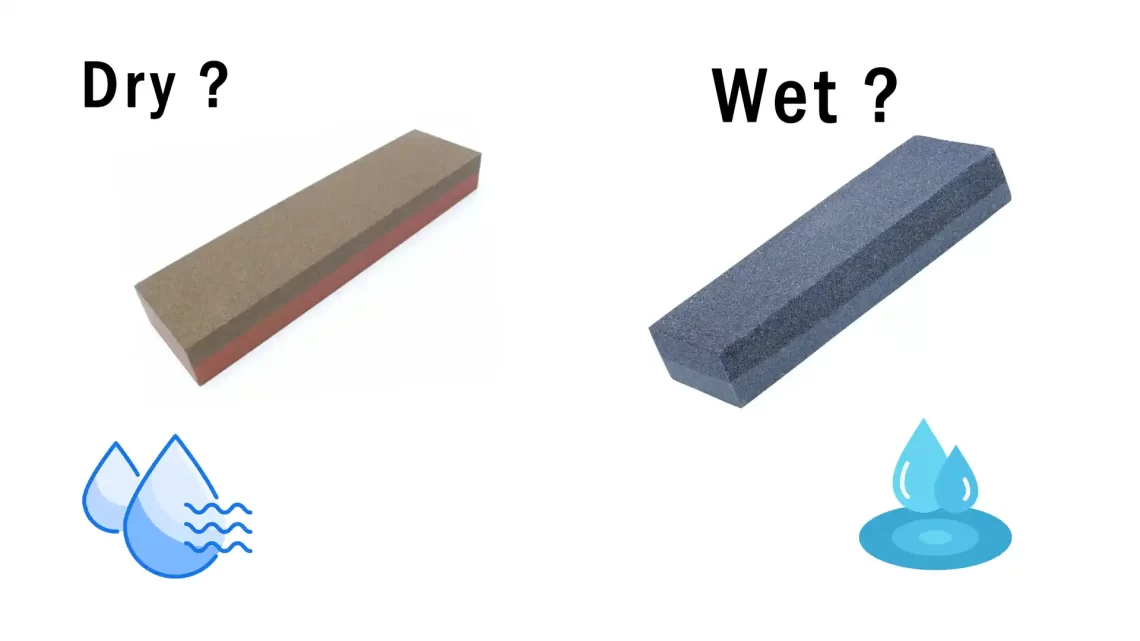
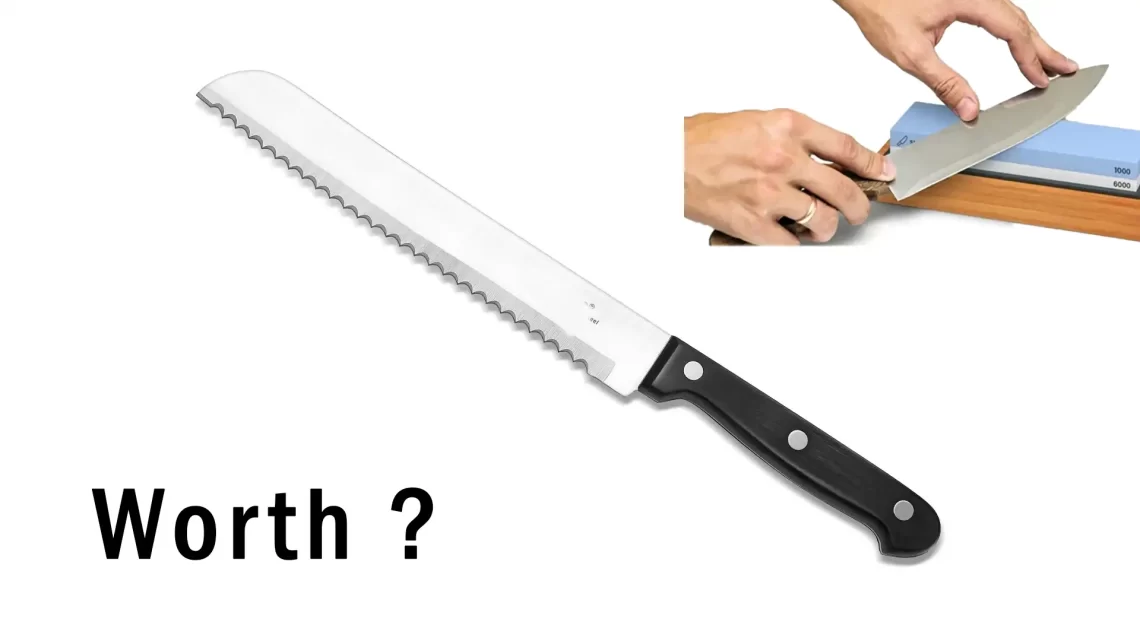
Hello i really like your review of this stones from haidu, i want to buy a shapening stone i am considering on buying a king 800 or a haidu 600, i need it for mostly chisels and woodworking, how are the haidu stones compared to the king delux line? I read that the king struggles to sharpen hander steels.
Te Haidu stones are better for maintenance, and act more like Arkansas stones. I would use the 800 as my sharpening stone, and 600 as a maintenance stone.